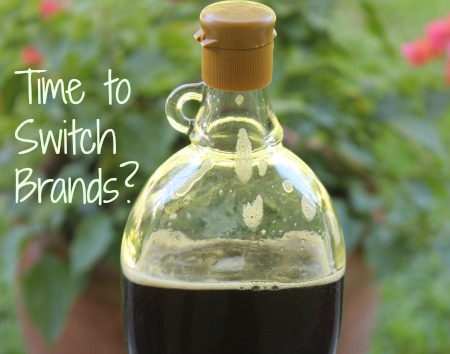 Maple syrup is a traditional and whole sweetener that has consistently played an integral part of the economies of North America ever since Native Americans first taught the early European settlers how to tap maple trees and boil down the sap to make this homely sweetener. Maple syrup derived early in the season at the time of the spring thaw runs sweet and clear. It is tapped from maple trees in a process similar to the making of birch water in Slavic countries.
Maple syrup is a traditional and whole sweetener that has consistently played an integral part of the economies of North America ever since Native Americans first taught the early European settlers how to tap maple trees and boil down the sap to make this homely sweetener. Maple syrup derived early in the season at the time of the spring thaw runs sweet and clear. It is tapped from maple trees in a process similar to the making of birch water in Slavic countries.
It takes about 20-30 gallons of boiled down maple tree water to make one gallon of light amber colored syrup, labeled as Grade A.
Late in the season, maple sap thins out even more. Much more than 20-30 gallons of sap must be boiled down to yield syrup of equal sweetness. Boiling down more sap to concentrate the sweetness also concentrates the flavor and nutrients.
This late season syrup is darker, more maple flavored, and higher in minerals than the Grade A syrup and is currently labeled as Grade B.
The blander, lighter syrup typically commands the highest price as consumers tend to prefer sweetness without too much flavor.
Consumers in the know, however, choose the Grade B syrup for the higher mineral and nutritional content. These savvy consumers have long enjoyed lower prices for the Grade B product, but this may be at an end.
New international standards for labeling maple syrup have come into effect such that Grade B is no longer used. The new system for categorizing maple syrup is designed with the express purpose of eliminating discrimination against the darker syrup.
As a result, all maple syrup is now Grade A with four identifying colors: Golden, Amber, Dark, and Very Dark.
With all syrups labeled the same, equality in pricing is the anticipated result.
So, stock up on cheaper, darker Grade B if you still can. Once the inferior Grade B is removed from the label, this most flavorful and nutritious of syrups will be commanding a higher price much the same as the lighter colored, blander, and more plentiful syrup.
An important thing to also know is the very different production practices between conventional and organic maple syrup. The linked article details these differences that will likely have educated consumers switching brands in a hurry!
For more on whole, nutritious sweeteners, check out my video and article on which sweeteners are best and be sure to check out vetted producers on my shopping recommendations guide.
Sarah, The Healthy Home Economist
Source: Making the Grade: Why the Cheapest Maple Syrup Tastes Best








I have not been able to find grade B in my area. It would be nice to stock up, but I don’t know where to find it.
boo!
This may have been asked already but I don’t have time to read through all the posts, so here goes. The maple syrup laws in Canada may be different than here in the US, so maybe if you find a Canadian source you can still get the original grade B? It may cost a bit more for shipping, but might be worth it for a quality product. Guess it wouldn’t hurt to check. I have an uncle who is a Quebecois, so I might ask him to check the law and see if Canada will be having the same restrictions.
The changes are international so it affects Canada too.
Oh no! Grade B is my fave! Bye Bye Grade B Maple Syrup – http://t.co/xL1TXgvD
I understand why they are making this move from a marketing perspective, but it’s still a bummer. Sharing this! Thanks for the heads up, Sarah!
Bye Bye Grade B Maple Syrup – The Healthy Home Economist http://t.co/B8cmm8kB
Grade B is the same price as Grade A for us, though I much prefer Grade B’s flavor. I do need to buy some more though!
We will need to stay up-to-date on product recommendations. The silver lining is that these obfuscation of products provides an opportunity for enterprises like WAPF to certify products under its own seal. I would trust a WAPF seal before I trusted any government or trade group seal of approval.
Ciao, Pavil
We are die- hard B users, this is very interesting to learn.
Ugh!! Now that the “Grade A” label will be totally meaningless (since there’s only one grade!) this just becomes yet another ploy by the food industry to trick us into thinking a product is superior by deceptive labeling. Just like “raw” cheese (that isn’t), “hormone-free” CAFO meat (hormones are illegal in all meat), “all natural” HFCS… I could go on and on….